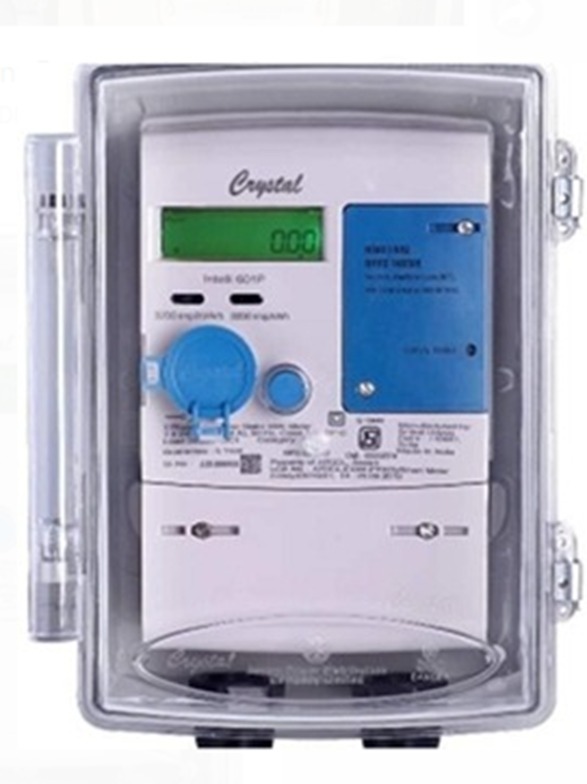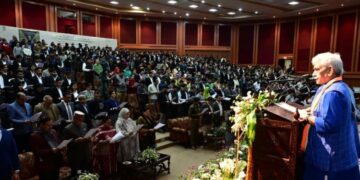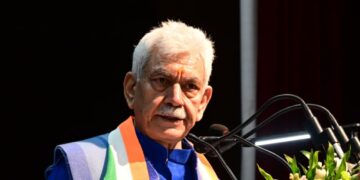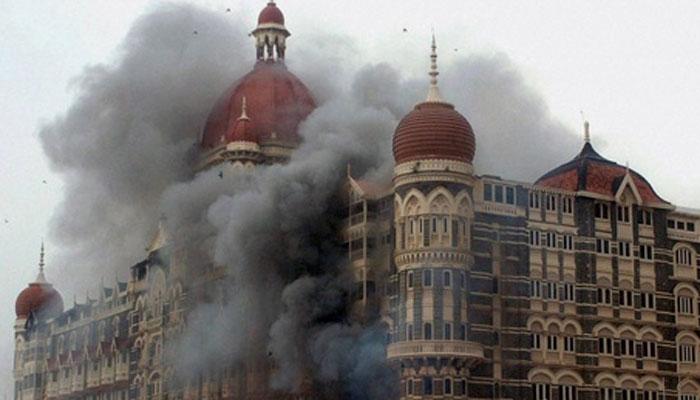Jammu: Jammu and Kashmir has achieved 40 percent progress in the roll-out of smart electricity meters under the Revamped Distribution Sector Scheme (RDSS), with the installation of over 3.81 lakh devices across the Union Territory in more than a year, officials said.
The first phase of the project started in November 2020 with an initial target to install 20,000 meters in selected areas of Jammu and Srinagar cities, and it was eventually completed in 2022 with 1.5 lakh smart meters installed.
The second and third phases that began in 2024 with the cumulative target of over 9.50 lakh smart meter installations by 2026 are currently under implementation.
The progress report was shared at a meeting chaired by Chief Secretary Atal Dulloo here. The chief secretary reviewed the reform measures being implemented by the Power Development Department (PDD) with a focus on enhancing operational efficiency, strengthening infrastructure and substantially reducing power losses under the RDSS.
According to officials, 3,81,671 smart meters were installed, registering 40 per cent installation of the total 9,50,755 lakh meters targeted across Jammu & Kashmir.
A division-wise breakup showed Jammu Power Development Corporation Limited (JPDCL) has installed 1,87,894 meters out of the total sanctioned 7,62,872 meters, while Kashmir Power Development Corporation Limited (KPDCL) installed 1,93,777 meters against the target of 7,27,855 meters, marking steady progress towards a transparent and consumer-friendly power distribution mechanism across J&K.
Officials said works worth Rs 4,709 crore under loss reduction and Rs 1,053 crore under smart metering are targeted for completion under RDSS.
The works have been divided into multiple packages and awarded to four project implementing agencies, including JPDCL, KPDCL, Powergrid Energy Services Limited (PESL), and National Thermal Power Corporation (NTPC), for their completion within deadlines, they said.
The progress in loss reduction and information technology and operational technology works stood at 74 percent for JPDCL, 73 percent for KPDCL, 57 percent and 33 percent for PESL in Kashmir and Jammu respectively, and 72 percent and 31 percent for NTPC, in these divisions.
The meeting was also informed that Aggregate Technical & Commercial (AT&C) losses have already been reduced from 58 percent in 2022 to around 32 percent at present, with a target to bring them down to 12 percent by 2028, the officials said.
Similarly, the Average Cost of Supply (ACS) and Average Revenue Realized (ARR) gap has been reduced from Rs 3.11 to Rs 1.29 per unit, while billing efficiency has improved from 56 per cent to 69 per cent and collection efficiency from 75 percent to 94 percent, reflecting significant strides towards financial sustainability and operational efficiency in the power sector, the officials said.
Emphasising the need for strict adherence to the timelines, the chief secretary directed that all ongoing reform works aimed at loss reduction must be completed within the sunset period prescribed under RDSS by the Government of India.
He stressed on fixing daily and weekly targets for all components of loss reduction works, including LT cable replacement, augmentation and replacement of the distribution system, HT line cabling, replacement of HT conductors, feeder segregation and installation of electric poles.
He underlined the importance of improving feeder-wise billing and revenue collection efficiency and called for stringent action against officials found negligent or lax in discharging their responsibilities.
The chief secretary instructed the divisional commissioners of Jammu and Kashmir to conduct monthly reviews and identify field-level staff failing to perform.








